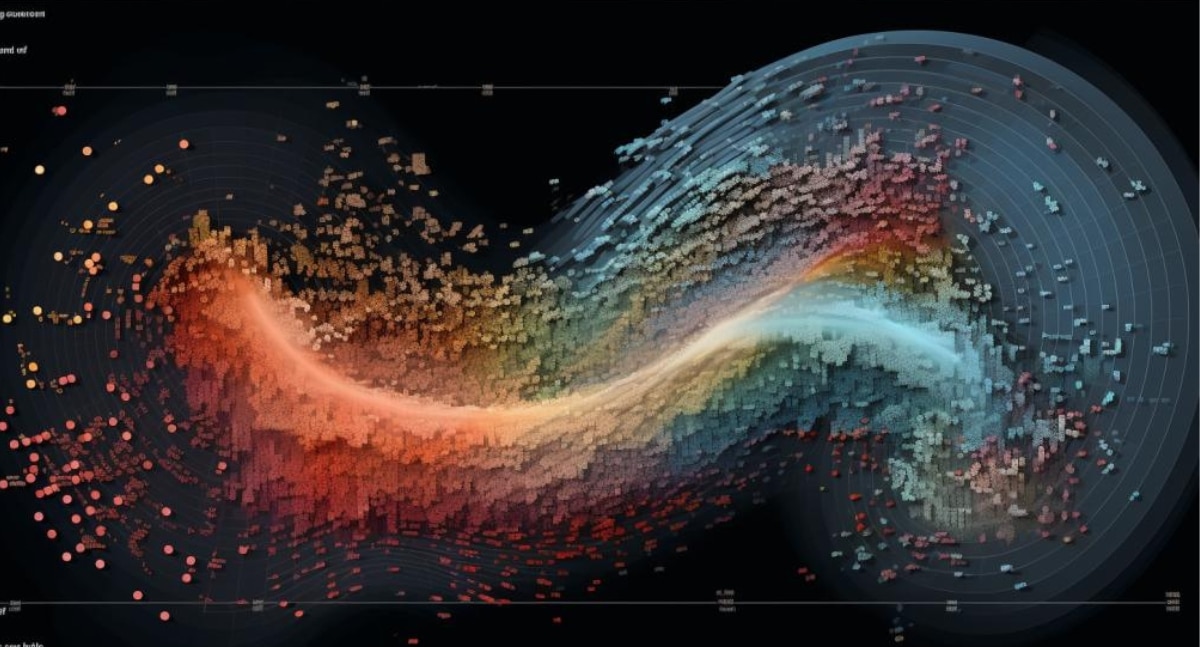Data is the lifeblood of the 21st century, and you need the good stuff for a project to succeed.
Finding the perfect sample dataset can feel like searching for a needle in a haystack, especially with so much data.
I’ve been in that spot, and it can be a real doozy.
You have to sift through the noise to find that magic dataset that holds the keys to your analysis and insights.
A sample dataset is a small data set used for testing and experimenting with data analysis tools and techniques. It is a representative subset of a larger dataset to infer insights, patterns, and trends.
Data analysts and scientists frequently use sample datasets to explore and analyze data, build predictive models, and develop machine learning algorithms.
The following cover various topics, including finance, health, real estate, and sports.
I’ve even thrown in some out-there stuff, like UFO sightings.
Imagine the stories you can tell with that data!
So, let’s dive in and explore some sample datasets that every data scientist should know.
What Are Sample Datasets?
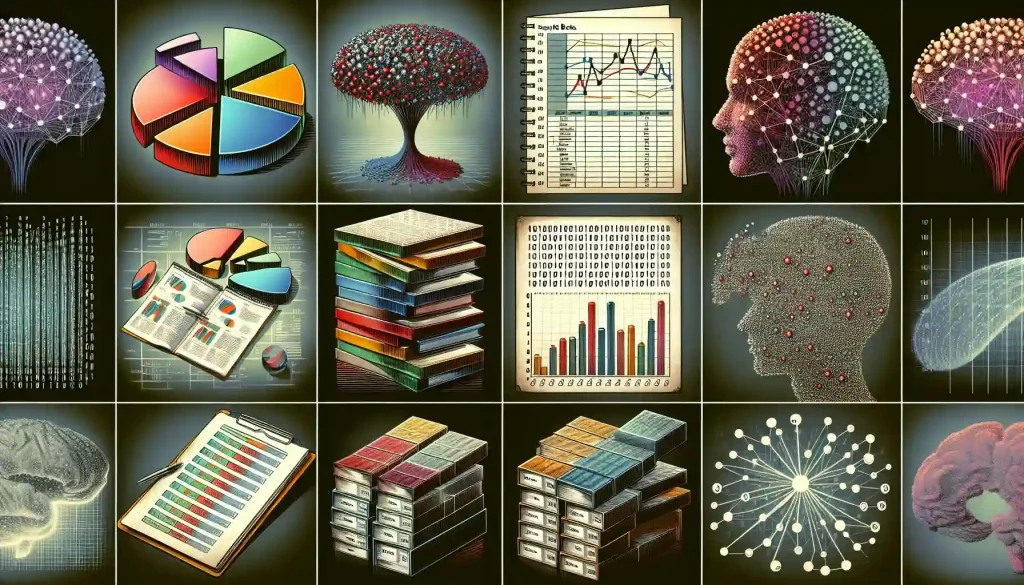
Sample datasets are a subset of data from a larger dataset. They’re perfect for running a quick analysis or testing new methodologies on small data before scaling up.
These datasets are usually in a format that’s easy to work with, like a spreadsheet, CSV file, or JSON file, and are designed to be used by data analysts, scientists, or machine learning enthusiasts.
Sample datasets come in all shapes and sizes, from a few hundred rows to tens of thousands, and they can be categorized into a range of topics.
For example, you might come across sample datasets for healthcare, finance, sports, climate change, or UFO sightings.
Sometimes, you can even group various datasets. A good example is the UCI Machine Learning Repository, which offers a treasure trove of exciting datasets to explore.
And the best part?
Many datasets are free and easy to access, making them perfect for learning, experimenting, and showcasing your skills.
Next up, Boston House Prices. Are you ready to take a crack at this classic dataset?
1. Boston House Prices

First up is the good ol’ Boston House Prices dataset, a timeless classic in data science and machine learning. Originally collected in 1978, this dataset has 506 rows and 13 columns.
Your task is to model the median value of owner-occupied homes based on 13 attributes or features, like per capita crime rate, average number of rooms per dwelling, or pupil-teacher ratio.
Ready to have a crack at it?
With various numeric and categorical variables, this dataset offers a rich playground for regression, classification, and other machine-learning models.
And you’ll be happy to know there is no shortage of tutorials and resources on this one, so you’re in good hands!
Moving forward, Iris – Next up, we have the famous Iris dataset.
2. Iris

The Iris dataset, a gift to data scientists from the legendary statistician Sir Ronald Fisher. This one has 150 rows and 5 columns and is a classic sample dataset for beginners exploring machine learning.
It consists of 3 species of iris flowers (Setosa, Versicolour, and Virginica), with 50 examples of each.
We can analyze 5 different attributes of the flowers: sepal length, sepal width, petal length, petal width, and species.
The Iris dataset is perfect for practicing classification, clustering, and feature selection.
With this dataset, you get to practice classification, clustering, and feature selection, all wrapped up in a simple, beautiful package – a great addition to your data science toolkit.
Next up, Wine Reviews – This dataset is perfect for you if you’re a wine lover.
3. Wine Reviews

If you’re a connoisseur or fancy a wine lover, this one’s for you.
The Wine Reviews dataset is a crowd-pleaser, with a whopping 150,930 rows and 10 columns.
You can explore in-depth wine reviews, including details like the wine title, taster name, points, price, and more.
With its wide array of variables, this sample dataset is perfect for performing exploratory data analysis, including finding trends, making visualizations, and clustering.
It’s especially great for wine enthusiasts or people working in the wine industry.
Time to uncork this one and see what secrets this dataset holds!
Next in line is Twitter US Airline Sentiment. Let’s analyze real-time sentiments on Twitter.
4. Twitter US Airline Sentiment

Ready to explore and analyze some real-time sentiments?
The Twitter US Airline Sentiment dataset is a goldmine, offering over 14,000 tweets, airline sentiment, and reasons for those sentiments.
This dataset is a fantastic way to test text classification tasks and understand text analysis.
It’s a fantastic opportunity to practice your natural language processing skills.
This dataset will help you build a solid foundation in text analysis and connect you with the insights hidden in the words on the popular social media platform.
Let’s move on to Bitcoin Historical Data – Cryptocurrency fanatics, this one’s for you!
5. Bitcoin Historical Data
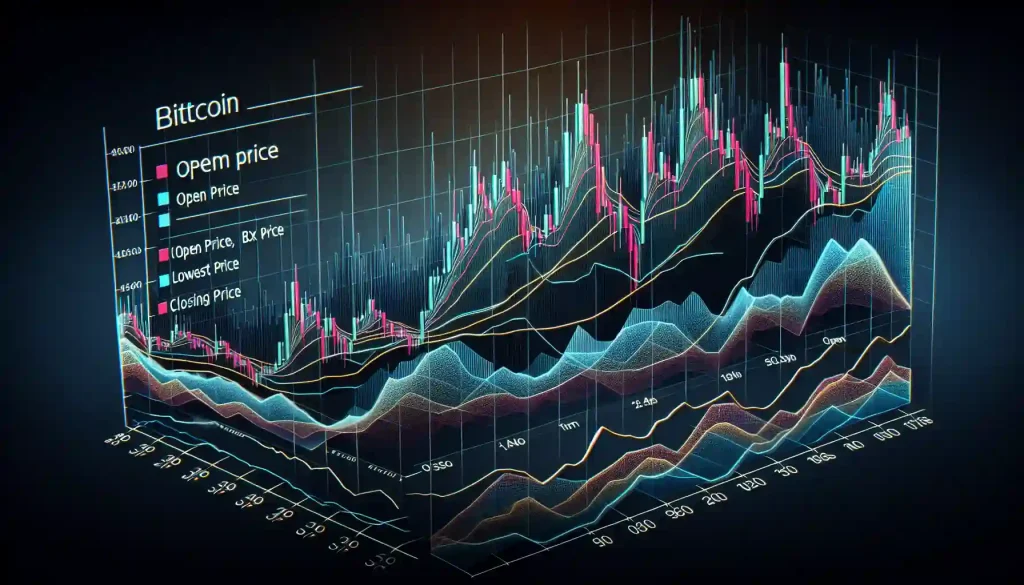
Cryptocurrency fanatics, this one’s for you!
The Bitcoin Historical Data dataset is a valuable resource, with over 500,000 rows. You can explore the daily price information for Bitcoin.
Multiple proper columns exist: open, high, low, close, volume, and market capitalization.
This sample dataset is perfect for predicting future Bitcoin prices using time series analysis, an essential part of financial analysis.
It’s a perfect start for understanding the rise and fall of Bitcoin prices.
With the Bitcoin Historical Data sample dataset, you can practice and learn time series analysis, a crucial tool in cryptocurrency and beyond.
This dataset can be a key to unlocking the mysteries of Bitcoin price patterns.
Transitioning to Breast Cancer Wisconsin (Diagnostic), let’s dive into medical diagnostics.
6. Breast Cancer Wisconsin (Diagnostic)

Ready to dive into the world of medical diagnostics?
The Breast Cancer Wisconsin (Diagnostic) dataset is a sample dataset that lets you explore 32 different features of cell nuclei.
With 569 data points, you can work on diagnosing cancer tumors as either benign (non-cancerous) or malignant (cancerous).
This dataset is perfect for practicing binary classification and learning the importance of feature selection in machine learning.
With the Breast Cancer Wisconsin (Diagnostic) sample dataset, you can improve your binary classification abilities and get a glimpse into the fascinating world of medical diagnostics.
Now, let’s focus on exploring developers’ preferences in 2021.
7. 2021 Stack Overflow Developer Survey
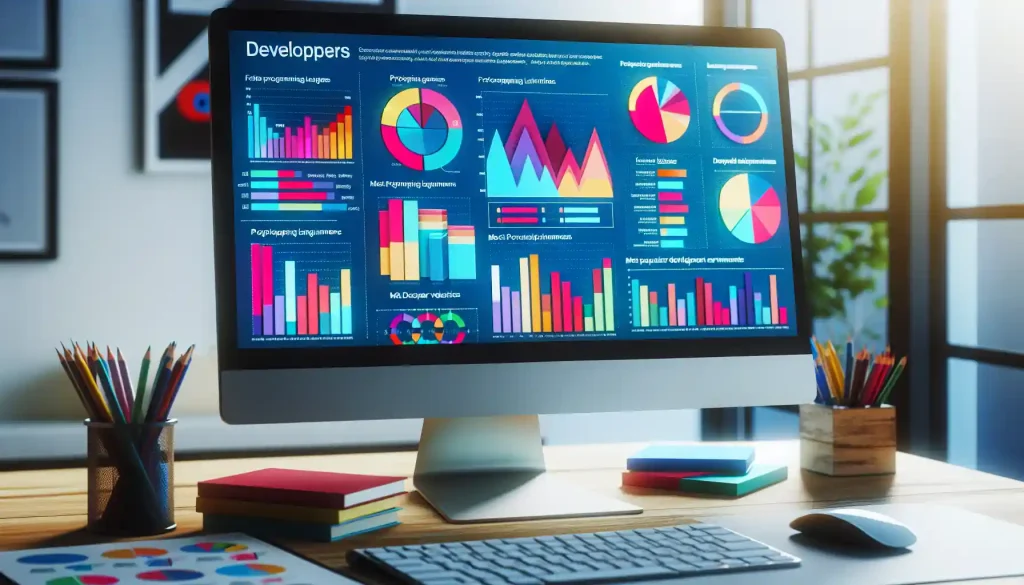
If you have your eyes on the tech industry, the Stack Overflow Developer Survey sample dataset is a great place to start.
The dataset, which has over 80,000 responses, gives you a peek into the lives and preferences of developers.
You can analyze various attributes such as age, location, salary, education, years of experience, etc.
This can help you understand the tech industry landscape and what makes a successful developer.
Explore the sample dataset, look for patterns, and try to identify what sets top developers apart.
By practicing data analysis on the 2021 Stack Overflow Developer Survey, you’ll gain insight into the tech industry and the crucial role of data analysis in developer success.
Next up, let’s pair up some fun with data science.
8. Video Game Sales

If you’re ready to have fun with data science, the Video Game Sales sample dataset is the perfect fit.
This dataset holds over 16500 video games, with essential attributes like platform, year, genre, publisher, and global sales.
It’s time to dive into video games and examine what makes them popular, how different genres and platforms fare, and what trends shape the industry.
Ready to unravel the secrets of successful video games with data?
Explore the Video Game Sales sample dataset and learn the art of data analysis with a fun, engaging subject matter.
Moving forward, let’s check out some HR analytics.
9. Human Resources Analytics

The sample Human Resources Analytics dataset is the perfect test subject for you to apply the principles of analytics and data analysis to human resources.
This dataset has over 14,999 Employee attrition and performance records.
The Human Resources Analytics sample dataset is an essential tool to help you understand the factors contributing to employee turnover, job satisfaction, and overall performance.
This dataset allows you to explore employee satisfaction, last evaluation, number of projects, average monthly hours, time spent at the company, and whether they left the company.
It’s a valuable resource for data scientists interested in understanding the workforce dynamics and HR professionals looking to make data-driven decisions.
By analyzing this dataset, you can gain insights into the patterns and trends that influence employee behavior and performance and how these can be used to improve HR policies and practices.
Let’s now turn our attention to UFO Sightings data.
10. UFO Sightings

Last but not least, we have the UFO Sightings dataset. This is for those who are intrigued by the unknown and unexplained phenomena.
The dataset includes thousands of reported UFO sightings worldwide, with details like the location, date, duration, and description of the sighting.
This dataset provides a unique opportunity to delve into a world of mystery and explore data that’s out of this world, quite literally!
Whether you believe in extraterrestrial life or not, analyzing this dataset can be fascinating in terms of data visualization, pattern recognition, and storytelling.
It’s perfect for those looking to explore something different and add a bit of intrigue to their data analysis projects.
Now, look at 5 data-cleaning techniques every data scientist should know.
Data Cleaning Techniques

To ensure the accuracy and relevance of your data, you need to utilize the following data-cleaning techniques:
Handling Missing Values: Missing values can negatively impact the quality of your analysis and results. You can either remove or fill in these missing values depending on the dataset and the nature of the variable.
Standardizing Data: Standardizing or normalizing your data ensures that the measurements are consistent and can be compared directly.
Handling Outliers: Outliers can skew your results and lead to incorrect conclusions. Identify and remove (or adjust) these outliers to improve the accuracy of your analysis.
Handling Duplicates: Duplicate entries can affect the accuracy of your analysis and lead to incorrect results. Identify and remove any duplicate entries in your dataset.
Format Variables: To ensure that your statistical models can interpret the data correctly, you must ensure that all variables are in the correct format (e.g., numerical, categorical, etc.).
Let’s clean some data!
Next, let’s explore how to create a sample dataset.
How to Create A Sample Dataset
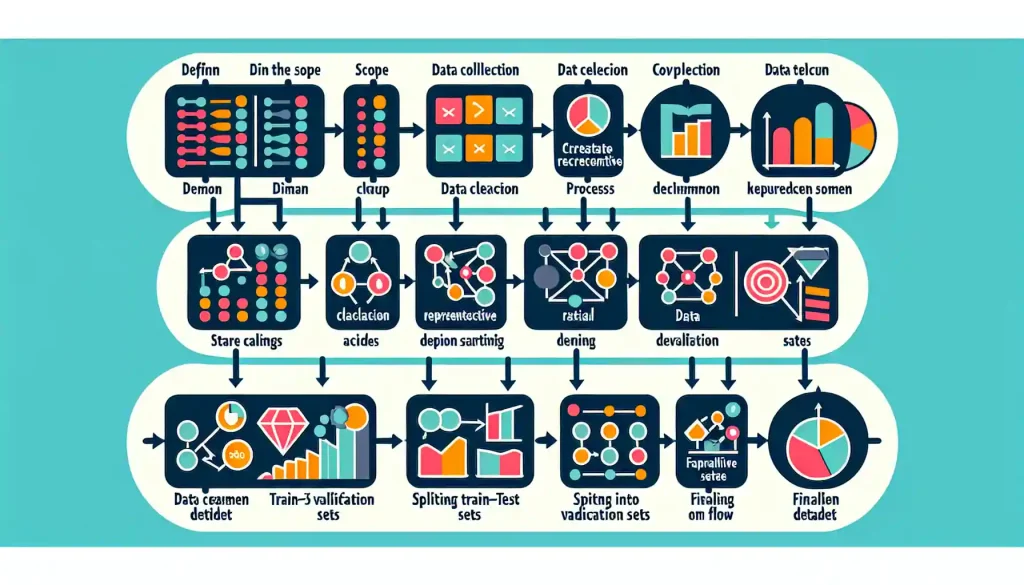
Creating a sample dataset in a more general way involves selecting a subset of rows from an existing dataset to create a smaller and more manageable version of the data.
Here’s a general step-by-step process:
Select the Original Dataset: Start with the original dataset from which you want to create a sample. This dataset can be in various formats, such as a CSV file, Excel spreadsheet, or a database.
Determine the Sample Size: Decide how many rows or records you want in your sample dataset. The sample size depends on your specific needs and the analysis you want to perform.
Randomly or Systematically Select Rows: You can randomly select rows from the original dataset or choose them systematically. Random selection is valid when you want an unbiased representation of the data.
Copy the Selected Rows: Create a new dataset by copying the rows you’ve selected from the original dataset. This new dataset will be your sample dataset.
Include Relevant Columns: Include only the columns (variables) relevant to your analysis in the sample dataset. This step helps reduce the size and complexity of the data while retaining the information you need.
Assign a New Sample Identifier (Optional): If needed, add a column to your sample dataset to indicate that it’s a sample. This is particularly useful if you merge it with the original dataset later.
Verify the Sample: Check the sample dataset to ensure it meets your requirements and that you have a representative subset of the original data.
Creating sample datasets is valuable for various purposes, including testing data analysis tools, building and validating models, and performing exploratory data analysis on a smaller scale.
It allows you to work with a manageable portion of data before scaling up to the full dataset, making your analysis more efficient and less resource-intensive.
Finally, let’s wrap up with some thoughts on these exciting datasets.
Final Thoughts
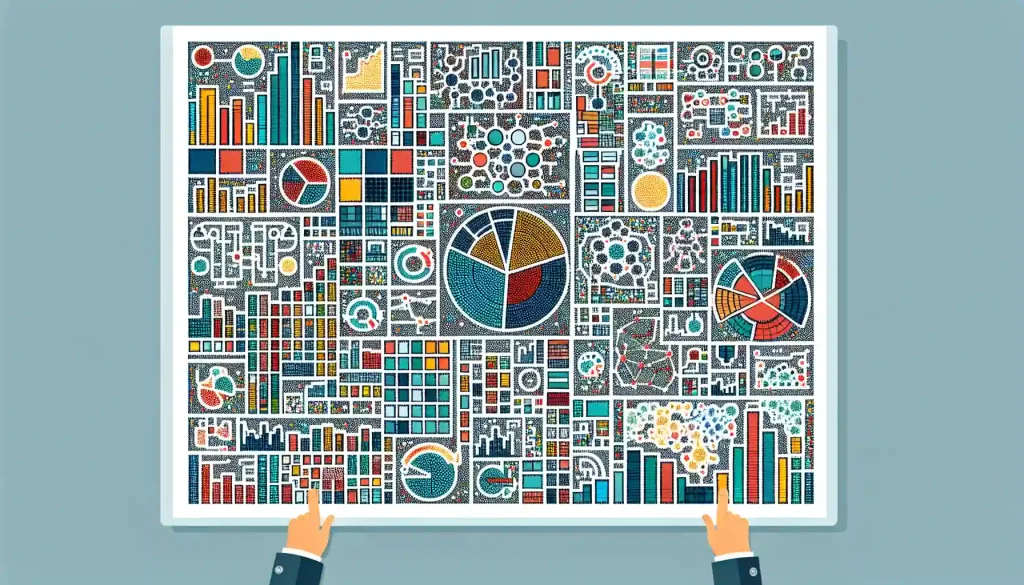
There are ten diverse and exciting sample datasets that every data scientist should explore.
Whether you’re a beginner looking to practice your skills or an experienced professional searching for new challenges, these datasets offer a wide range of opportunities for analysis and insights.
From the classic Boston House Prices to the intriguing UFO Sightings, each dataset provides a unique perspective and learning experience.
So, get your data tools ready and start exploring these datasets to unlock new levels of knowledge and expertise in data science. Happy analyzing!
Do you want to learn more about AI tools? Check out this great video on the EnterpriseDNA YouTube channel.
Frequently Asked Questions
Why are sample datasets important for data scientists?
Sample datasets are crucial for data scientists as they provide a practical, hands-on way to develop and refine data analysis, machine learning, and statistical modeling skills. They also help in understanding real-world applications of data science techniques.
Are these datasets suitable for beginners in data science?
Many of these datasets, like the Iris and Boston House Prices, are ideal for beginners. They offer a manageable amount of data and complexity, providing a great starting point for learning and experimentation.
Where can I access these datasets?
Most of these datasets are freely available online. Essential resources include the UCI Machine Learning Repository, Kaggle Datasets, Google Dataset Search, and Academic Torrents.
Can I use these datasets for machine learning projects?
Absolutely. These datasets cover a range of scenarios suitable for various machine-learning projects, including regression, classification, clustering, and time series analysis.
Are there any datasets for practicing natural language processing (NLP)?
The Twitter US Airline Sentiment dataset is perfect for NLP practice, offering real-world data for text classification and sentiment analysis.
How large are these datasets?
Dataset sizes vary. Some, like the Iris dataset, are pretty small, with 150 entries, while others, like the Bitcoin Historical Data, have over 500,000 rows. This variety allows for practice with both small-scale and large-scale data analysis.
Do these datasets come with guides or tutorials?
Many of these datasets, trendy ones like the Boston House Prices and Iris datasets, have numerous online resources, guides, and tutorials available to help you get started.
Are there any unusual or unique datasets in this list?
Yes, the UFO Sightings dataset is a unique choice, offering an opportunity to work with intriguing and unconventional data.
Can these datasets be used for academic or research purposes?
These datasets can be used for academic research, provided the data is cited appropriately. They offer a rich ground for exploration and discovery in various research areas.
Is it legal to use these datasets for commercial purposes?
The legality of commercial use depends on the specific dataset and its source. It’s essential to check each dataset’s licensing and usage terms to ensure compliance with legal requirements.

